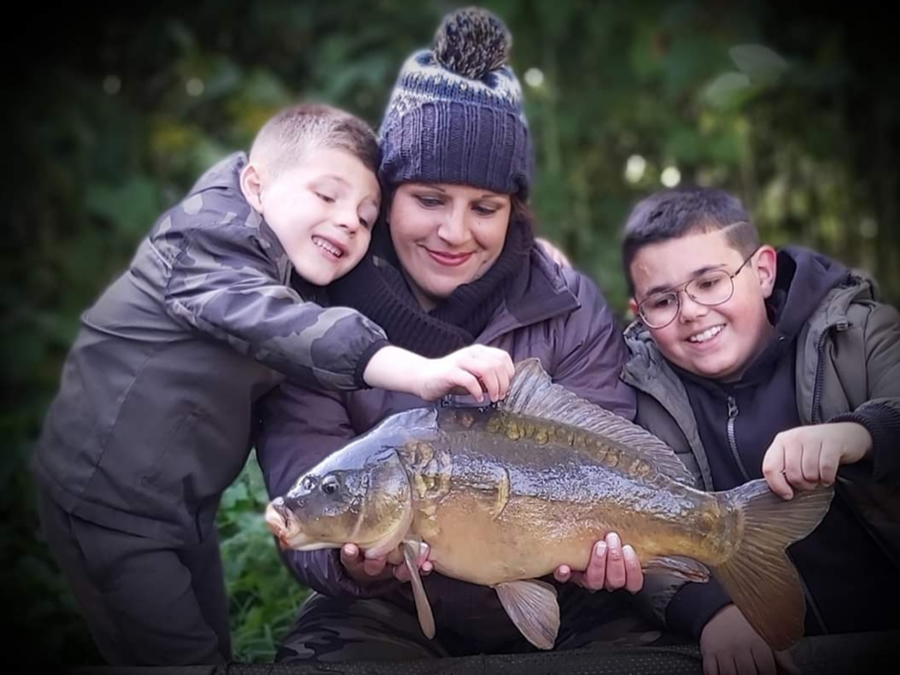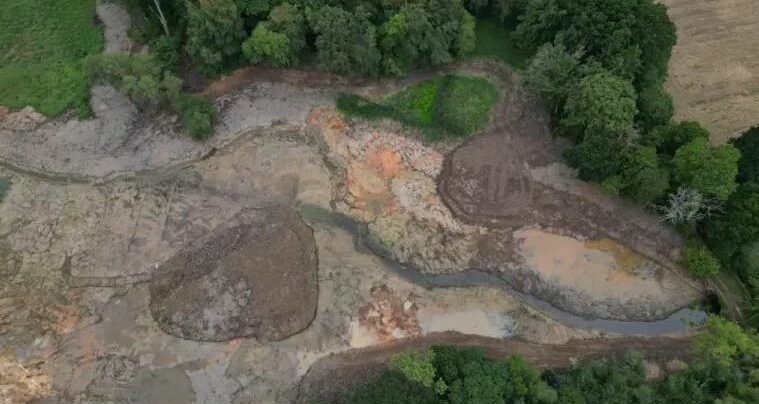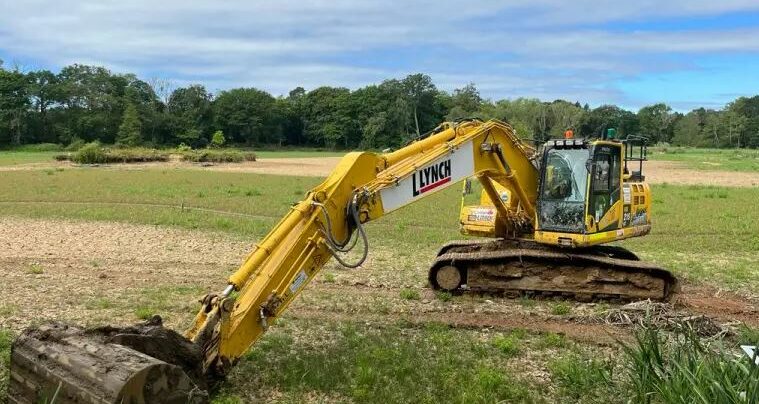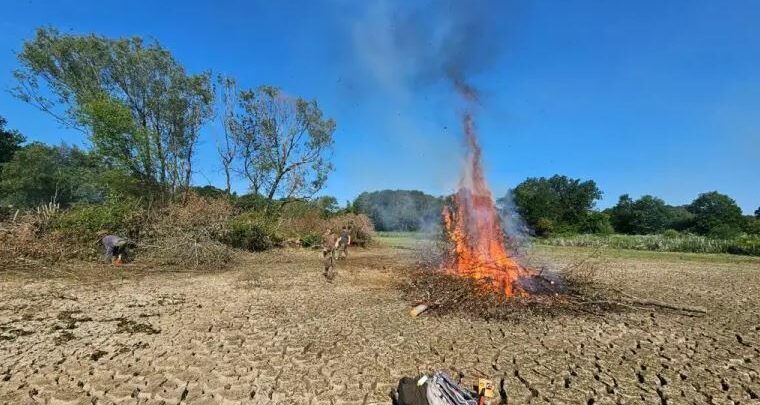
Lines On The Water
Protecting a legacy: the angling club safeguarding the future of an historic lake
Park Mill is a stunningly beautiful 30-acre lake owned by the Haslemere Angling Society in West Sussex. It’s a classic estate lake, designed by the famous 18th century landscaper Capability Brown and, because of the rare plants on its site, is registered as a Site of Specific Scientific Interest. (SSSI)
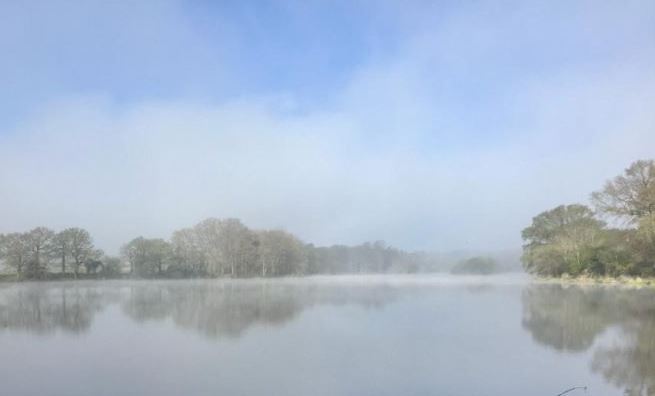
Mists at dawn
Understandably, the Haslemere members are proud of their flagship venue. Its history is cherished, its SSSI status is protected by a membership programme of conservation and, as a part of the South Downs National Park, the results of the club’s commitment to its preservation are shared via general access for the wider community.
With a fine history itself, Haslemere AS boasts Donald Leney as a former President. Consequently, Park Mill Lake was the original home to the famous ‘Leney’ carp which found their way into Redmire Pool in the 1930s and paved the way for Chris Yates to net 51.5lbs of British Record in 1980.

So, when all is considered, Park Mill and the real estate it sits in, represents more than just a club’s fishing venue. But ownership of such a prestigious location comes with responsibility and the last 12 months have been incredibly stressful. During 2023, Haslemere AS might well have lost their ‘jewel in the crown’ while the lake itself was perilously close to losing its committed custodian. Thankfully, the anglers and the local community can now reflect on a story with a happy ending.
Park Mill’s size, the volume of water it holds and the presence of a dam wall which protects a residential area directly below it, requires the lake to be compulsorily covered by the 1975 Reservoir Act. It is subject to a schedule of regulatory inspection and one such visit, hastened by the club itself, revealed an issue with the dam wall. It left the club with a stark choice; either pay for safe restoration to protect the nearby residents and the surrounding area or lose the historic venue.
Haslemere Chairman Lee Hazell takes up the story: “In 2019, 1,500 residents of Whaley Bridge in Derbyshire were instructed to leave their homes because a dam at the nearby reservoir was in danger of collapse.
“This incident brought about changes in the legislation and because of those alterations we voluntarily decided to bring forward one of our inspections. As a result, we were instructed to make drastic improvements to the dam wall.”
There was no immediate danger to the local area, but the safety of everyone was obviously paramount and with the changes to the Act, remedial action was a legal necessity.
“If we hadn’t done the work, we may have been forced to permanently drain the lake to mitigate the risk of flooding. That would probably have taken it down to a level where it would have been unfishable but it would also have been a public eyesore. So the aesthetic and historic consequences were important too.”
The Whaley Bridge scare prompted significant updates in flood estimation methodologies and consequent amendments to the Reservoir Act. The knock-on effect was that the bill for necessary work at Park Mill was estimated at £60,000 and with only 240 members, funding was obviously an issue. It was a testing time but the members concluded there was no option. A major project was the only way forward and the task seemed limitless.
“You can’t do the type of work we needed to do with a full lake,” said Lee. “We had to drain it and we had to get permission from Natural England to do so because of our SSSI status. We finally began the process of draining down in February, but then it had to dry out sufficiently before work could begin.”
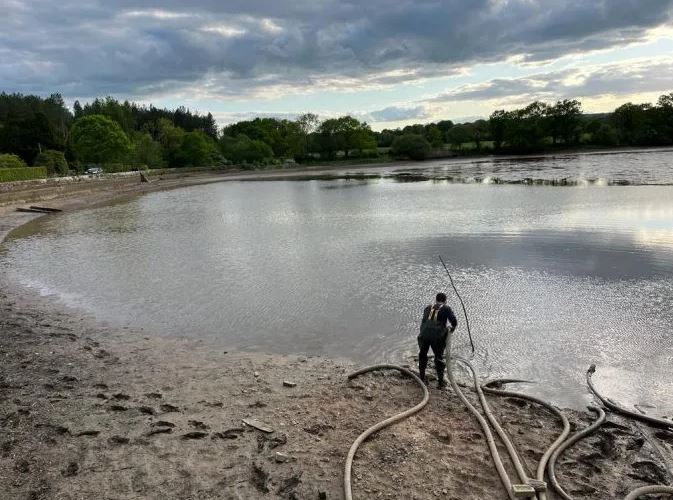
Running siphons to drain the lake
This timing was significant. The wetter winters of modern times mean such work must be done in the summer, so having low water levels during those warmer months meant the club had to purchase solar aerators to safeguard the fish they planned to leave in a small but adequate pool in the middle. The dam wall itself needed underpinning around four sections at the base and a clay bung, with the clay taken from the lakebed, was required around it to protect and strengthen it in its entirety.
The draining process took place over a period of 6 weeks. The club had anticipated that remaining water levels for the fish in the middle would be around three feet but an unexpected build-up of debris and silt was found on the lakebed which meant the level was no more than eighteen inches. The aerators were still doing their job, but with support and advice from Environment Agency Technical Officer, Damon Block, who assisted throughout the process, it was decided the fish should be temporarily moved to avoid stress and potential death through the height of summer.
More cost.
If all that wasn’t enough, the club realised this was also a case of ‘now or never’ for other work too.
“I’ve been fishing here for around 40 years and over that time we’ve lost probably three acres of water through silting up at the shallow end of the lake opposite the dam,” said Lee. “We thought we should use the opportunity to reclaim the lake as close to how it was when it was originally dug in the 18th century. It made it a bigger project but we thought we’d never have the water this low again.”
Given the overall status of the Real Estate the lake is situated in, the club considered this to be a fiduciary responsibility to the local community and its history. The problem was that the extra work took the estimate to around £100,000. This was a figure which increased even further as the sort of unexpected issues so often experienced with such projects were predictably encountered.
The burden was mildly reduced by the local residents on the other side of the dam and by club members who made contributions or offered loans to lessen the commercial lending required for the balance. But overall, the exposure to borrowing was still a challenge and not one for the financially faint of heart.
“We applied to the Angling Trust and Environment Agency for support from the Fisheries Improvement Programme (FIP) and received some welcome help. The Trust’s Fund Manager, Andy Petch, gave us some great advice and advised us throughout the process,” said Lee, who was also indirectly assisted by a Lines On The Water feature, in which Andy outlined a 10-point plan to increase the chances of an application’s success.
“In the first round of funding from the FIP earlier this year, we were granted £5,000 which was spent on the aeration for the fish. In September, we were awarded an additional £7,930 which meant that with the water back in, we could plan to build purpose-built swims, recreate the public pathways and replant the lake with things like natural lilies to recreate habitat for wildlife. We couldn’t have done that very specific and important aesthetic work without the money from a fund supported by rod licence income.”
Then, almost out of nowhere, came the real game changer.
“Andy had advised us of other funding opportunities that we’d never heard of let alone have thought we were eligible for. But because of the site’s status as an SSSI, the public access, the nature conservation programme and regular visits from botanists, he suggested we might make an application to South Downs National Park. We did that in February and I’d pretty much forgotten about it until I got an email in December.”
That email from SDNP confirmed a grant of £50,000 towards the overall costs which effectively confirmed that Haslemere’s commitment to preserving a piece of local, national and angling heritage had been well conceived.
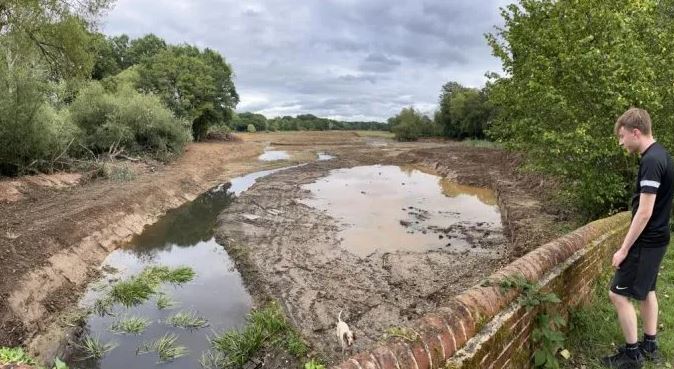
An area known as China Bridge without water…

…and with water
“It’s been a big undertaking but one that has definitely been worth doing. It’s looking a bit barren in some areas now but next year it will look brilliant. As much as being anglers, we’re also genuine conservationists and I think everyone sees the benefits. There’s an abundance of wildlife. We have nightingales and yellowhammers, things like that and with its history and status, it’s more than just a lake to fish in.
“I’m biased of course, but it is a special place and when it came down to it, we couldn’t countenance the thought that in future years we might have to leave such an historic and important venue to future generations in a worse state than we found it.”
- For more information on the Fisheries Improvement Programme discussed in this blog, please visit the dedicated page on the Angling Trust website.
You might also like

We want a water industry fit for purpose

Another year of anglers’ data reveals another year of…

Get Fishing Fund – Funded Project: ‘Summerhayes Junior Angling…
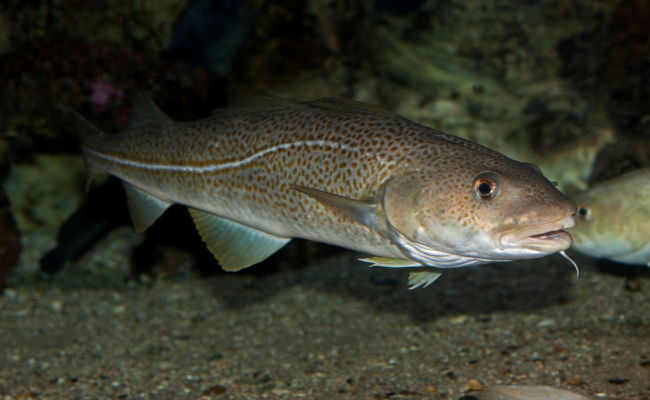
Will the UK-EU Fisheries Deal Deliver for Sustainability and…

The smile says it all! Kayson is hooked! –…
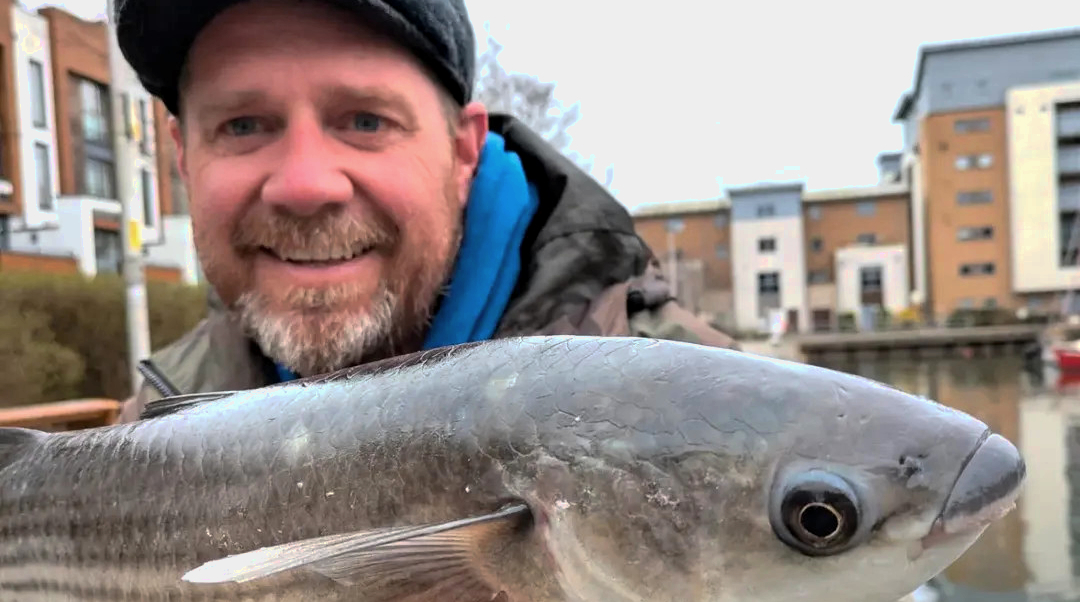
Our Man with a Mullet! Dean Asplin, enjoys a…
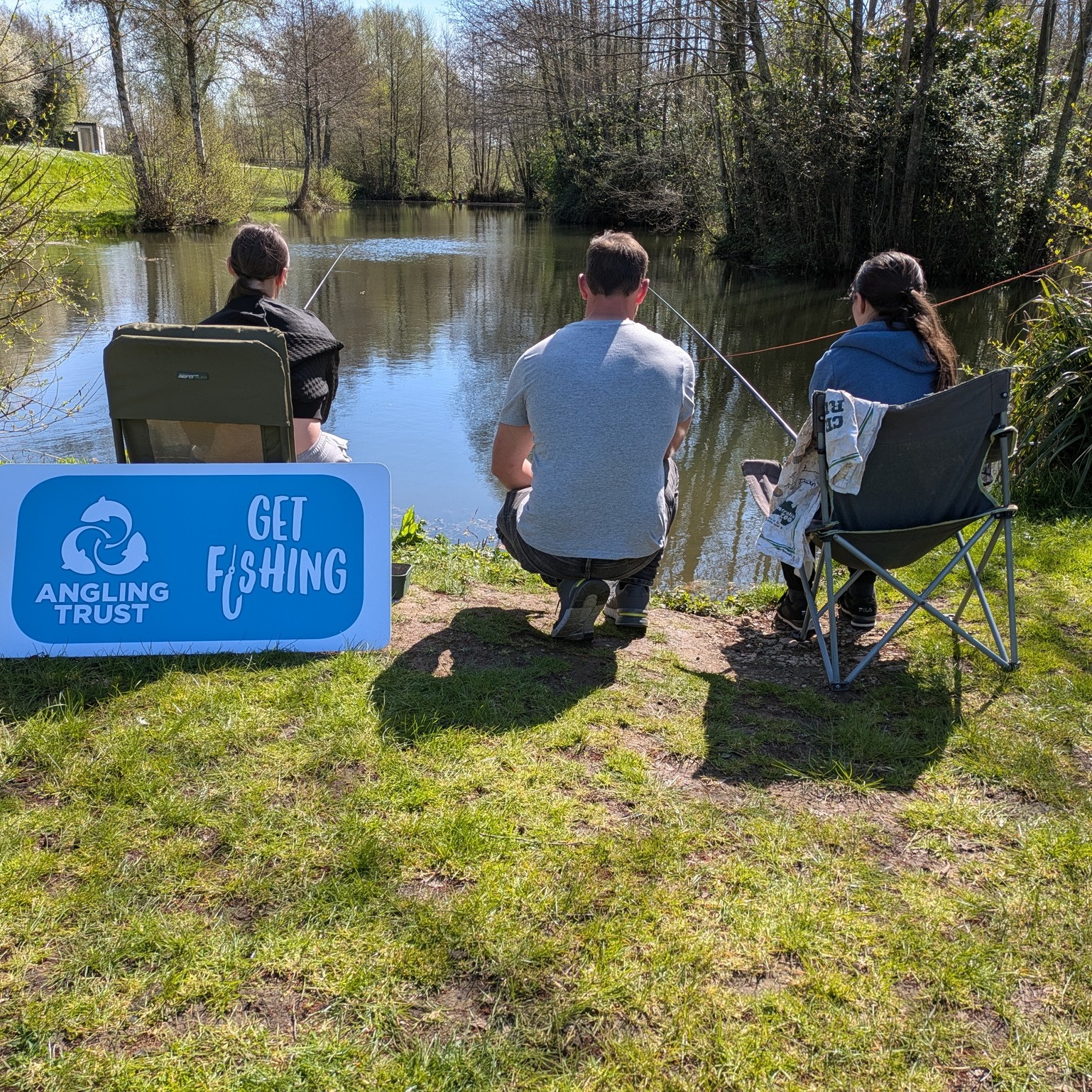
Underdog Crew hosts top draw fishing events with Hintlesham…
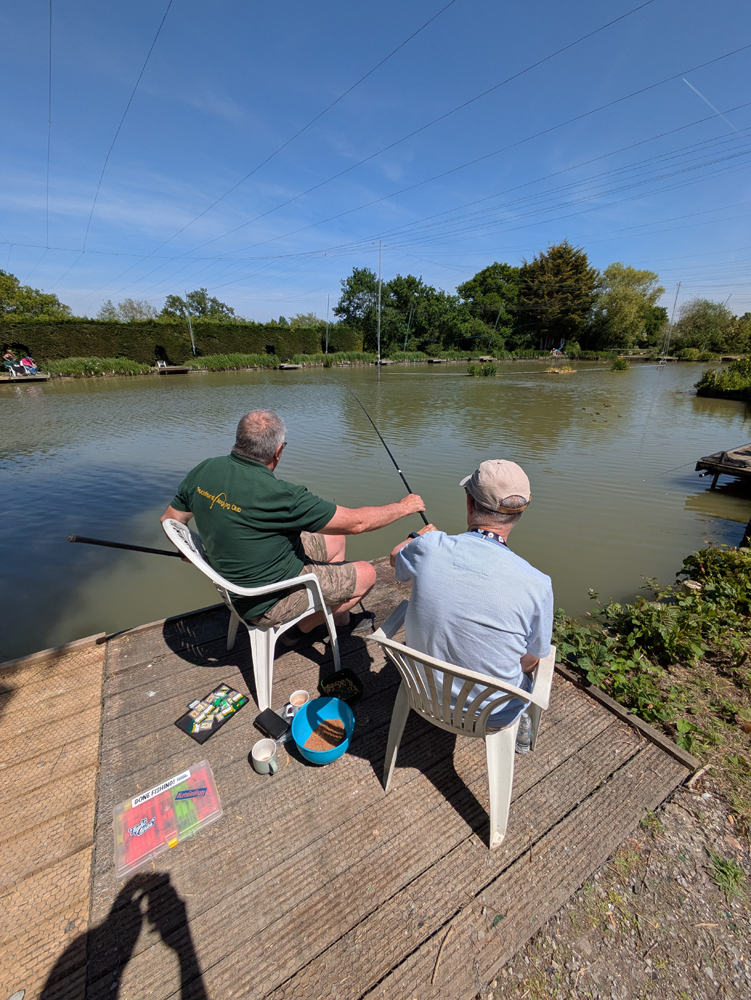
NEW BLOG: Fishing helped my Peaceful Place members with…
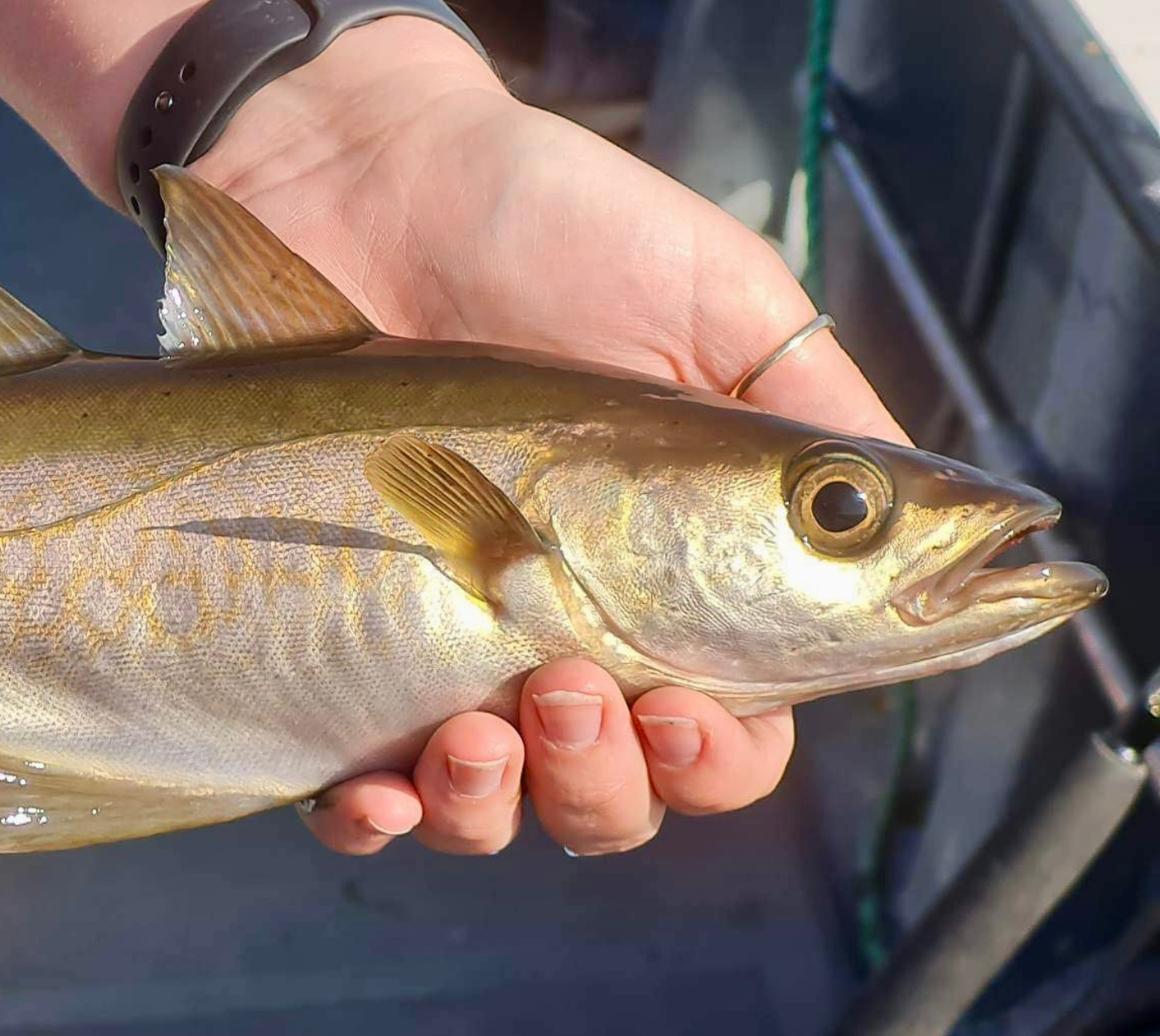
Minister’s Visit Highlights Collaborative Action on Pollack Conservation

Angling Trust calls for radical reforms to end sewage…

Have Your Say: Shape the Future of Black Bream…
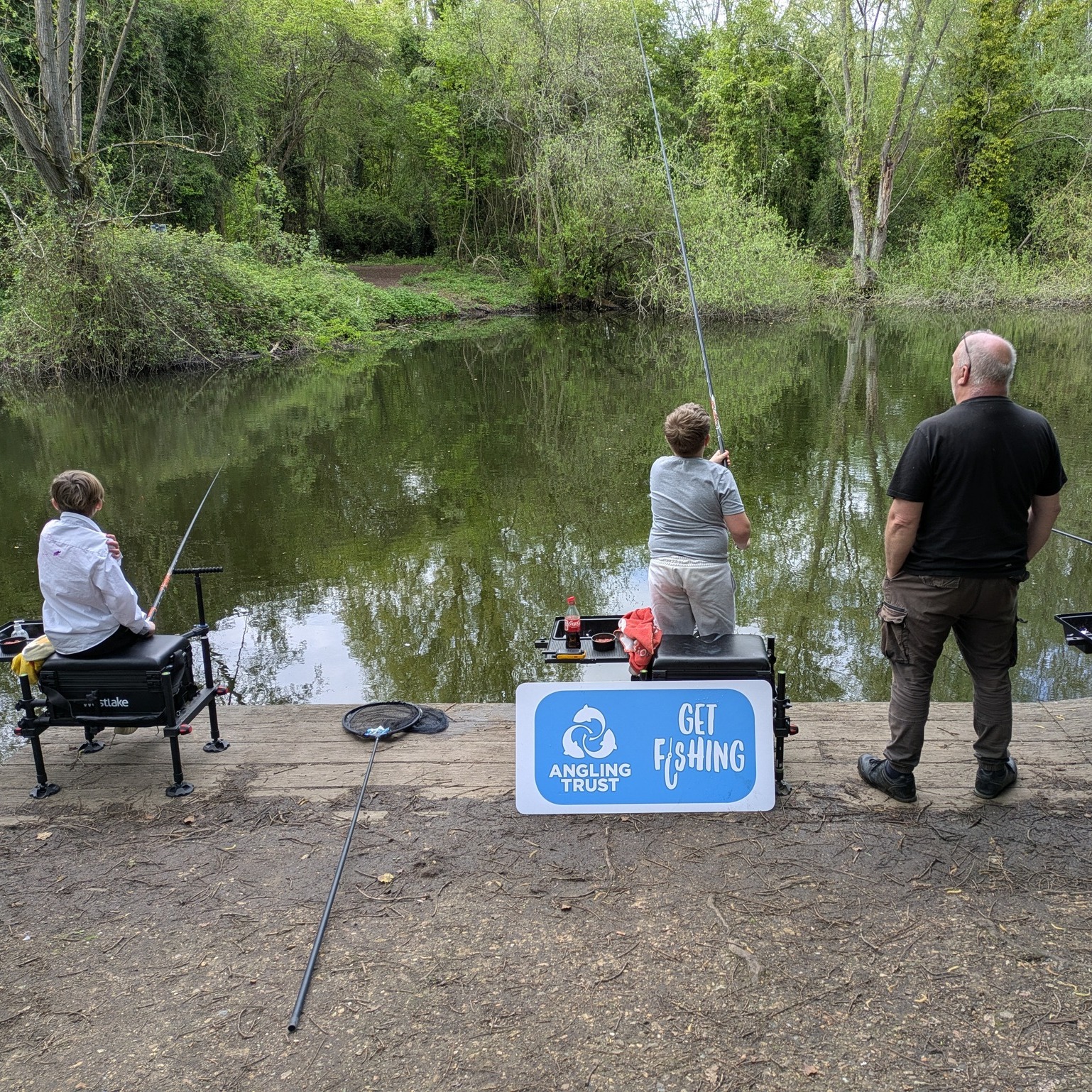
NEW BLOG: Get Fishing Award event for North Cambridge…

We want a water industry fit for purpose

Another year of anglers’ data reveals another year of…

Get Fishing Fund – Funded Project: ‘Summerhayes Junior Angling…

Will the UK-EU Fisheries Deal Deliver for Sustainability and…

The smile says it all! Kayson is hooked! –…

Our Man with a Mullet! Dean Asplin, enjoys a…

Underdog Crew hosts top draw fishing events with Hintlesham…

NEW BLOG: Fishing helped my Peaceful Place members with…

Minister’s Visit Highlights Collaborative Action on Pollack Conservation

Angling Trust calls for radical reforms to end sewage…

Have Your Say: Shape the Future of Black Bream…

NEW BLOG: Get Fishing Award event for North Cambridge…

We want a water industry fit for purpose

Another year of anglers’ data reveals another year of…

Get Fishing Fund – Funded Project: ‘Summerhayes Junior Angling…

Will the UK-EU Fisheries Deal Deliver for Sustainability and…

The smile says it all! Kayson is hooked! –…

Our Man with a Mullet! Dean Asplin, enjoys a…

Underdog Crew hosts top draw fishing events with Hintlesham…

NEW BLOG: Fishing helped my Peaceful Place members with…

Minister’s Visit Highlights Collaborative Action on Pollack Conservation

Angling Trust calls for radical reforms to end sewage…

Have Your Say: Shape the Future of Black Bream…



